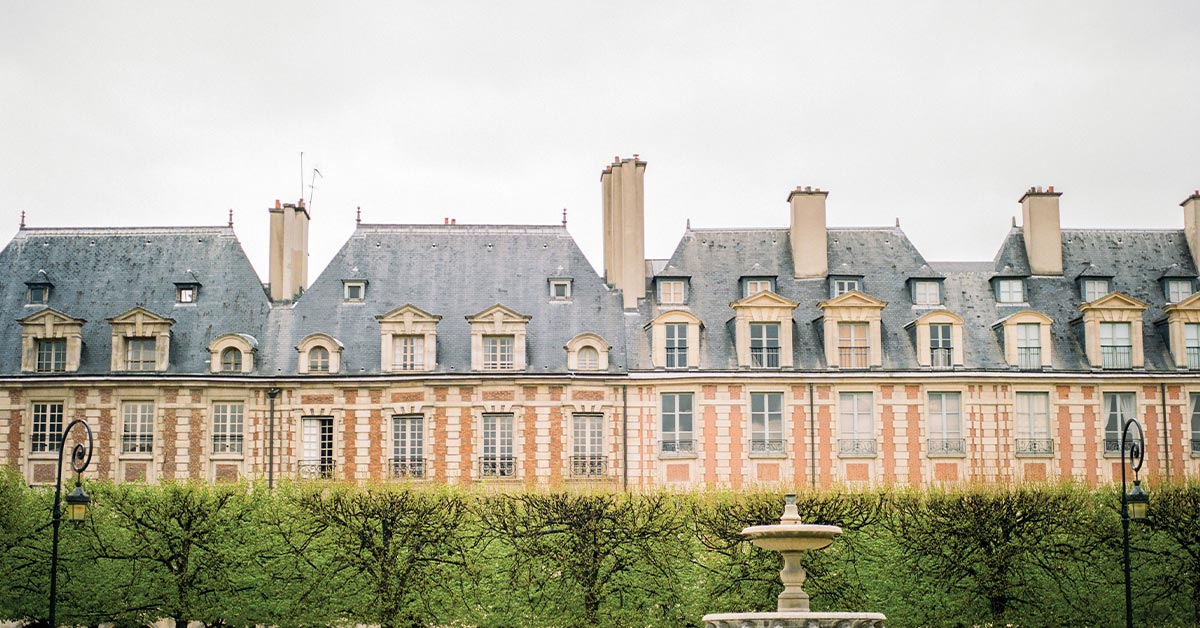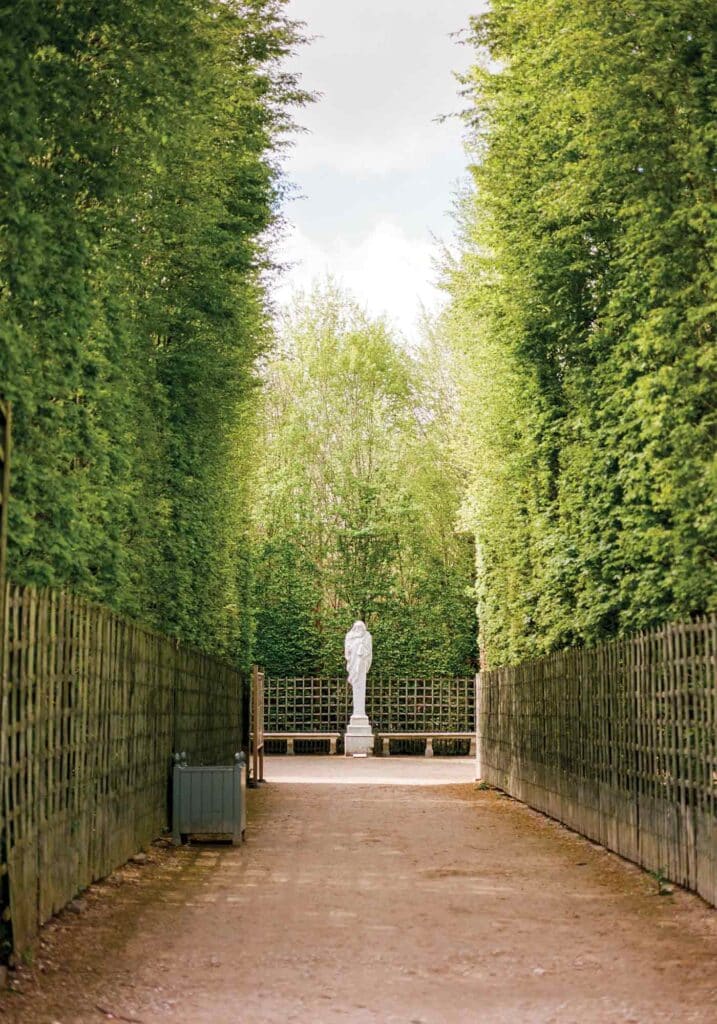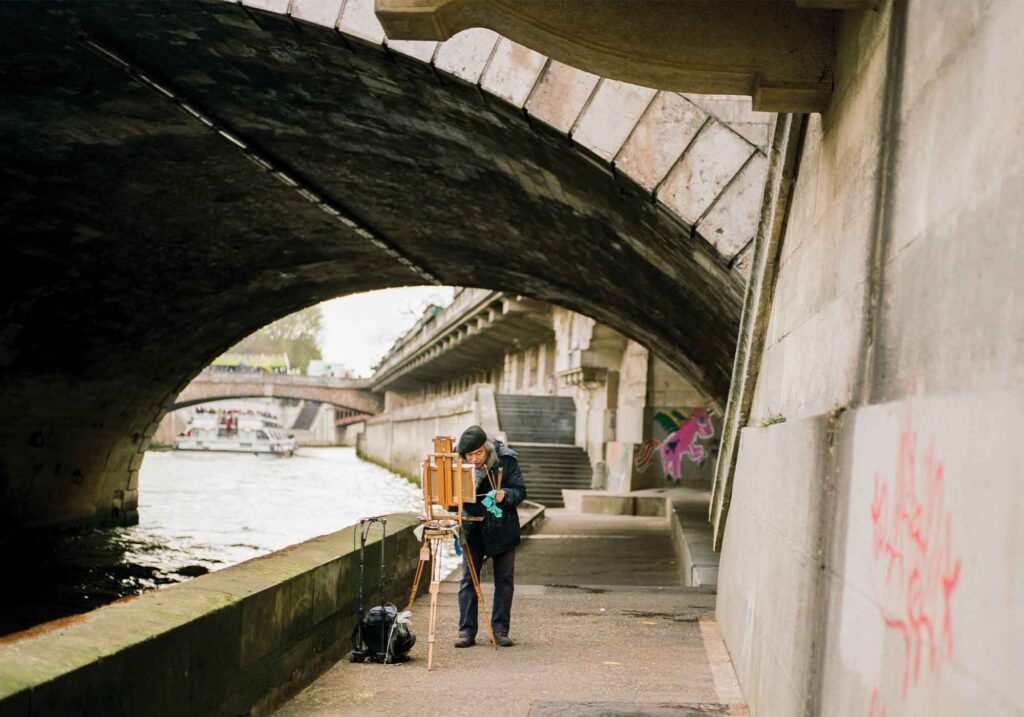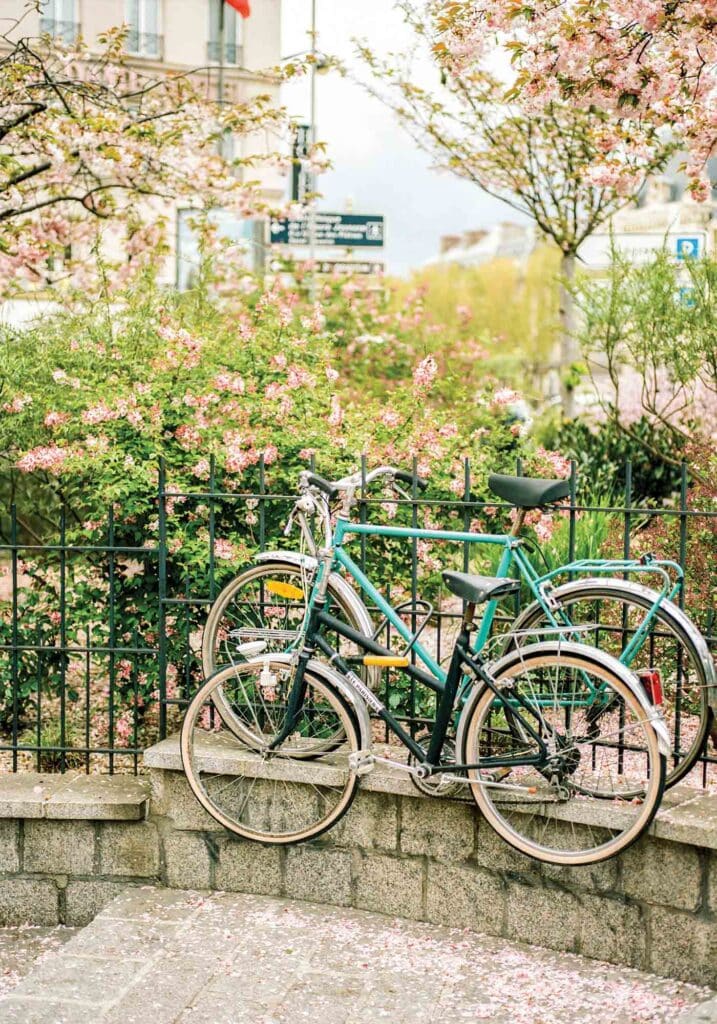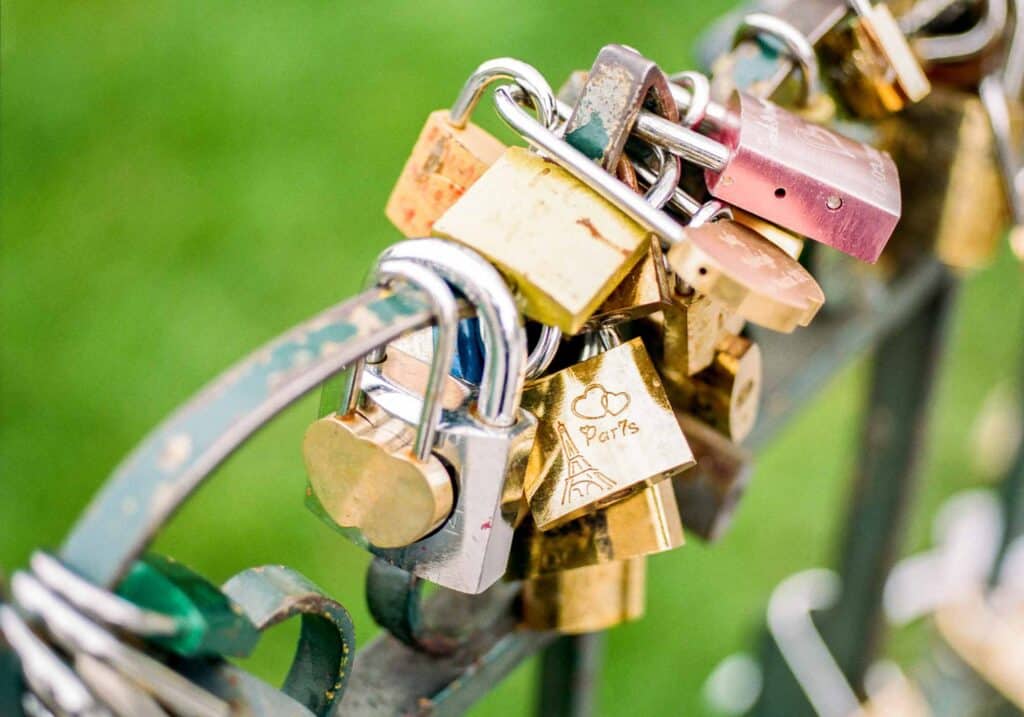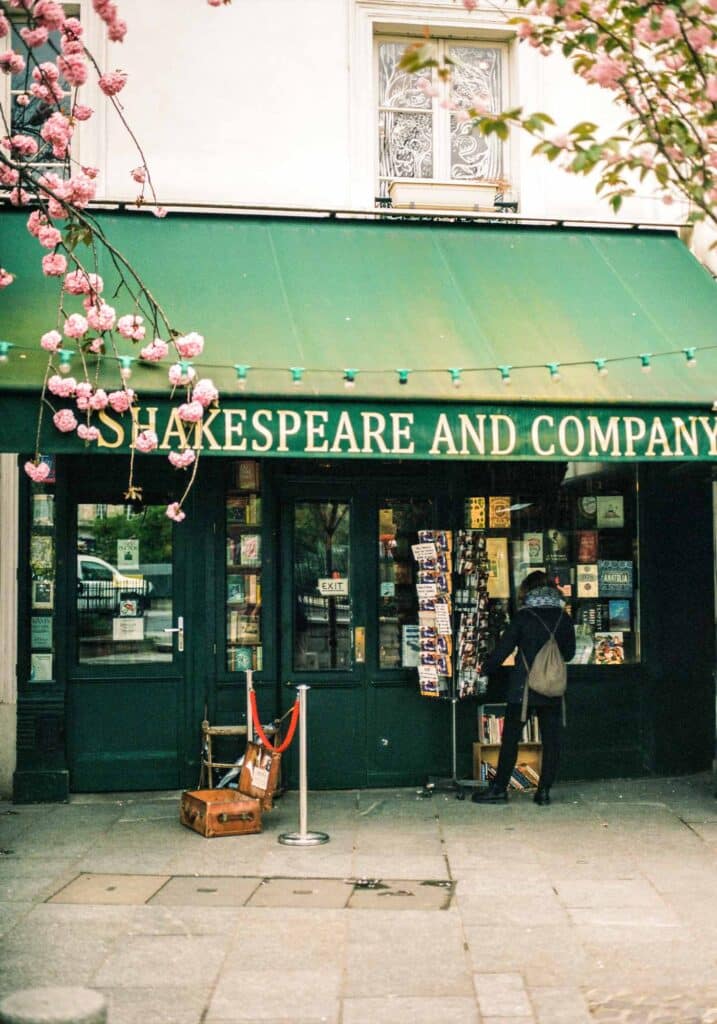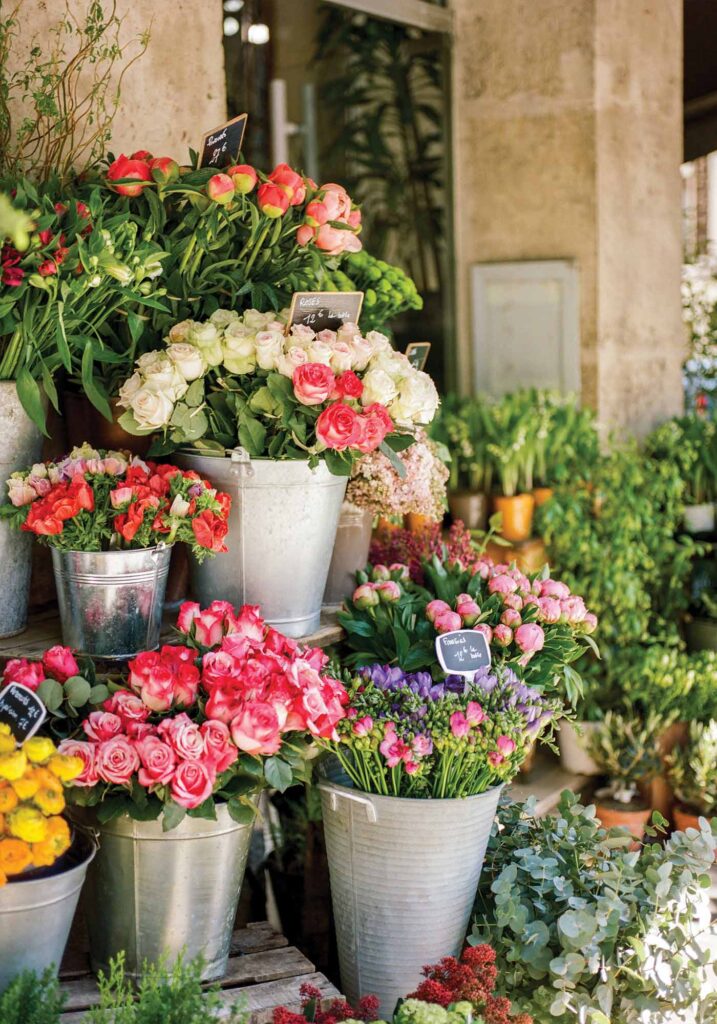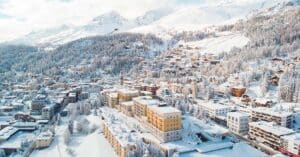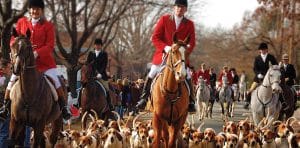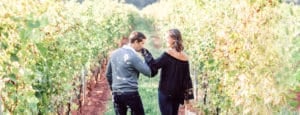Our founding fathers were fascinated by Europe, none more so than Thomas Jefferson himself. A scholar by nature, he was delighted not only by the beauty he found in the art, architecture and gardens in Paris but also by the intellectual conversation and social life of the city. Jefferson felt a strong admiration for European culture at an early age, so it was only natural for him to take his curiosities abroad. His soujourns through France and Paris in particular inspired him to bring ideas about industry, engineering and culture back to Virginia with him and implement a particularly Parisian lifestyle at his home of Monticello.
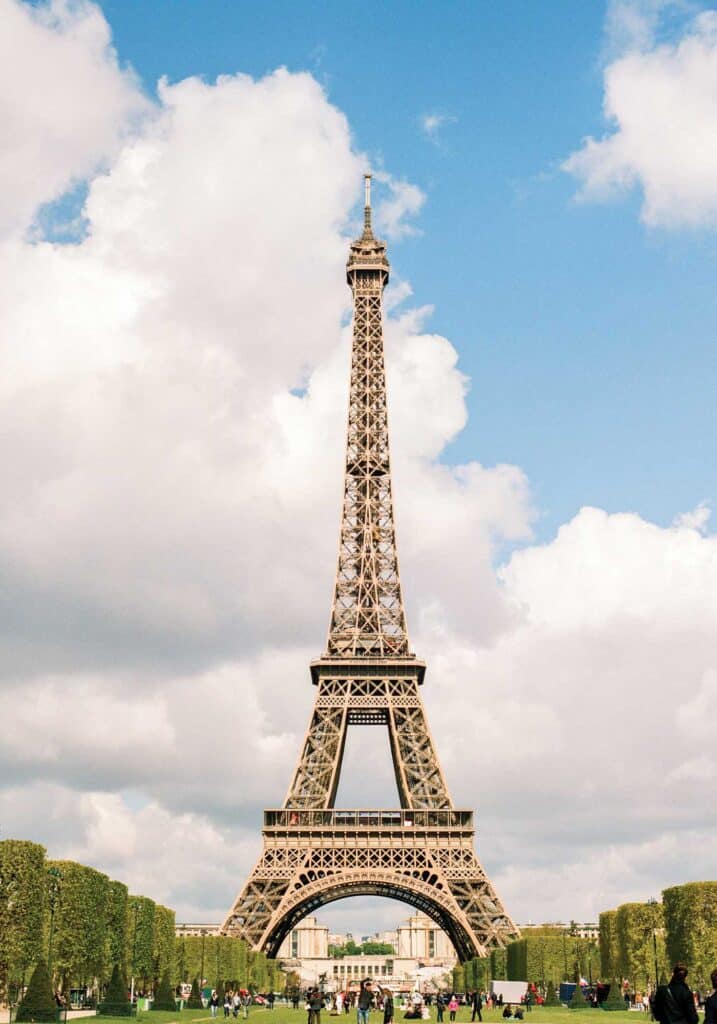
Our third president began his journey to Paris in August 1784, when Congress sent him overseas to join Ben Franklin and John Adams as an American Minister to France. Upon his arrival, Jefferson first assumed the role of American tourist, but by the end of his five-year stay in 1789, Jefferson had adapted to the effortless elegance of the Parisian way of life.
Inspirational Architecture in Paris
In Paris today, there are no shortage of museums, gardens and cafés to explore. The Jardin Des Tuileries, named for the tile factories that previously stood where Queen Catherine de Medici built the famous gardens in the 16th century, was a favorite spot of Jefferson’s. In a letter written to a friend, he explained how he would visit the gardens “almost daily.”
Many well respected landscape designers have worked on the beautiful garden since its creation, most notably André Le Nôtre, the gardener to King Louis XIII, who re-designed the Tuileries to the French formal style in which they stand today.
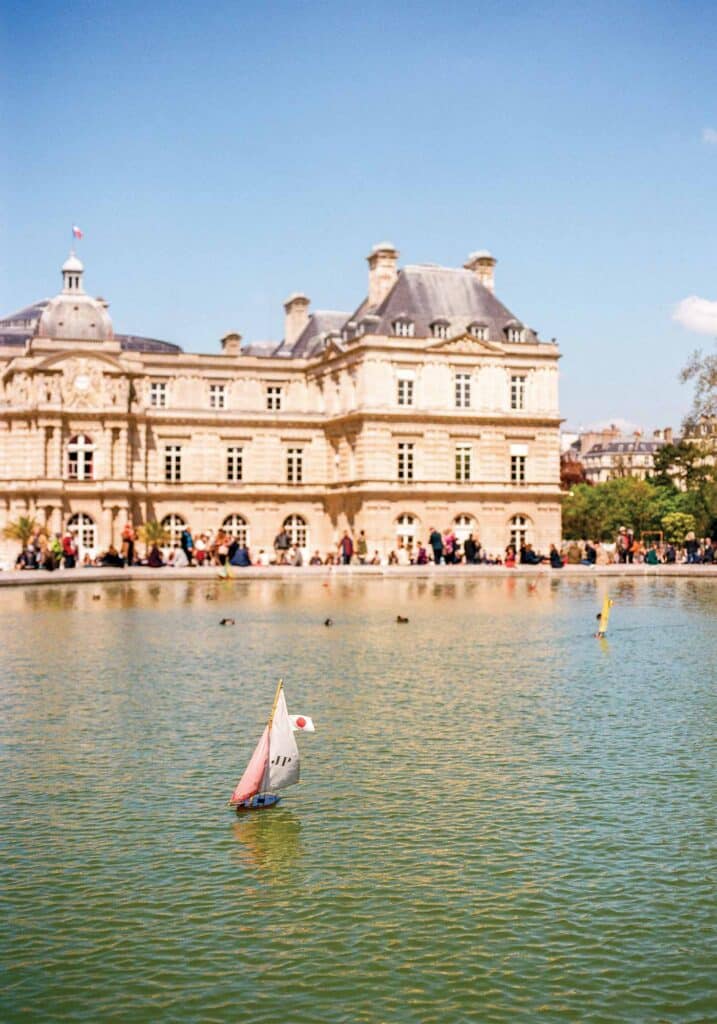
The perfect afternoon in Paris will always include a stroll through the lovely Tuileries or Luxembourg Gardens to take in the spring scents—stopping to relax and enjoy a book in the iconic green garden chairs—and a visit at one of the expansive ponds to watch kids and adults alike race colorful sailboats. Take the time to enjoy a flaky, buttery french croissant from a charming local bakery and enjoy the unique and inspiring atmosphere.
Explore Shops & Museums in Paris
In the city, there are also a plethora of cafés to stop at and enjoy a coffee and pastry. These quaint French eateries often include traditional fare such as chausson a la pomme fraîche, a flaky pastry filled with apples and cinnamon, or le croque-monsieur, a deceptively simple but infinitely satisfying ham and Gruyere cheese sandwich. Many Parisian streets are home to charming local produce stands and flower shops, perfect for assembling a picnic spread. During springtime while the gardens are bursting with countless tulips and pink and white blossoms light up trees, the parks are filled with locals and visitors picnicking and enjoying the beauty and romance of the season.
While Jefferson lived in Paris, the Musée du Louvre was the king’s palace. Today, it is the world’s most visited museum, housing over 38,000 priceless works of art from prehistory to the 21st century, including sculptures, paintings, royal artifacts and, of course, the Mona Lisa. Just as it was when Jefferson lived there, Paris is home to many influential artists. Jefferson himself met Jacques-Louis David and posed for Jean-Antoine Houdon for a portrait bust that was later exhibited in the Salon of 1789.
Lessons Jefferson Brought from Paris to Virginia
The Notre-Dame de Paris Cathedral, meaning “Our Lady of Paris,” is at the heart of the city. Built from 1163 to 1345, the cathedral is over 850 years old, and an architectural beauty. Located on the Île de la Cité, an island in the Seine River, the magnificent structure with its French Gothic style is decorated with ornate flying buttresses. Its awe-inspiring ceilings soar over visitors 200 feet above as they admire the immaculate stained- glass windows and centuries-old artwork.
After enjoying the grandeur of Paris’s most famous museums and landmarks, a peaceful stroll along the Seine will present a quieter version of the city, where painters often set up their easels. Taking in the rolling river, one can imagine Jefferson strolling along its shores and understand how Paris could provide lessons in history, architecture and even life itself. Always eager to learn, Jefferson also wrote about engineering feats that he saw while in Paris. He admired the impressive hydraulic pumping system that kept the royal gardens watered and noted the graceful construction of Parisian bridges.
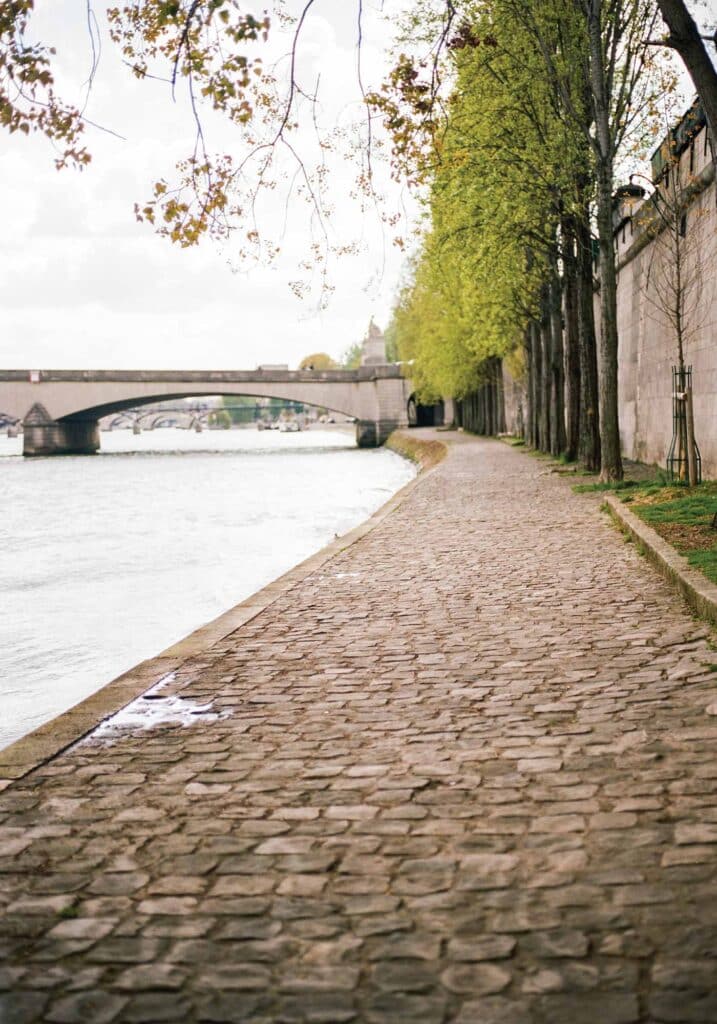
Similarly, when Jefferson took a three-month sojourn through the surrounding countryside, he not only enjoyed the famously beautiful scenes in the South of France and northern Italy as many tourists still do today, but also exercised his keen powers of observation. Jefferson’s many journals of his time abroad include a treasure trove of notes about the soil, crops and growing techniques that would later influence his own extensive gardens, fields and orchards at Monticello. These techniques are still in use today by the Monticello Foundation. In fact, although Jefferson’s early dreams of growing Virginia wine on par with French vintages never came to fruition in his lifetime, Monticello has just purchased back his original wine-growing acreage — now a successful Virginia winery known as Jefferson Vineyards.
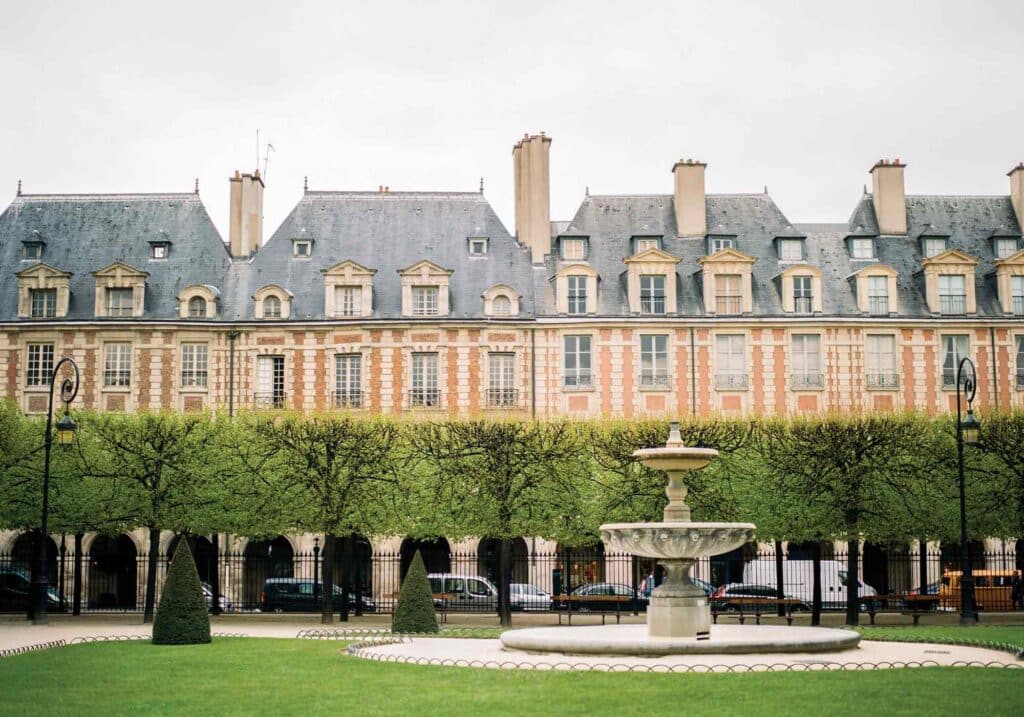
A visit to Paris is the perfect romantic adventure in springtime, so it’s easy to see why Jefferson enjoyed his time there so immensely. He described France as offering “treasures of art, science and sentiment,” and brought many French influences home with him to America that are visible throughout Charlottesville and at Monticello, which combine classical and contemporary French architecture. Jefferson amassed so many furnishings and goods that he needed nearly 200 crates in which to ship them back to Virginia. Jefferson’s time in France has no doubt left an everlasting impression on our local culture and traditions. ~
This article appears in Book 6 of Wine & Country Life. Start your subscription here or give a gift subscription here.

